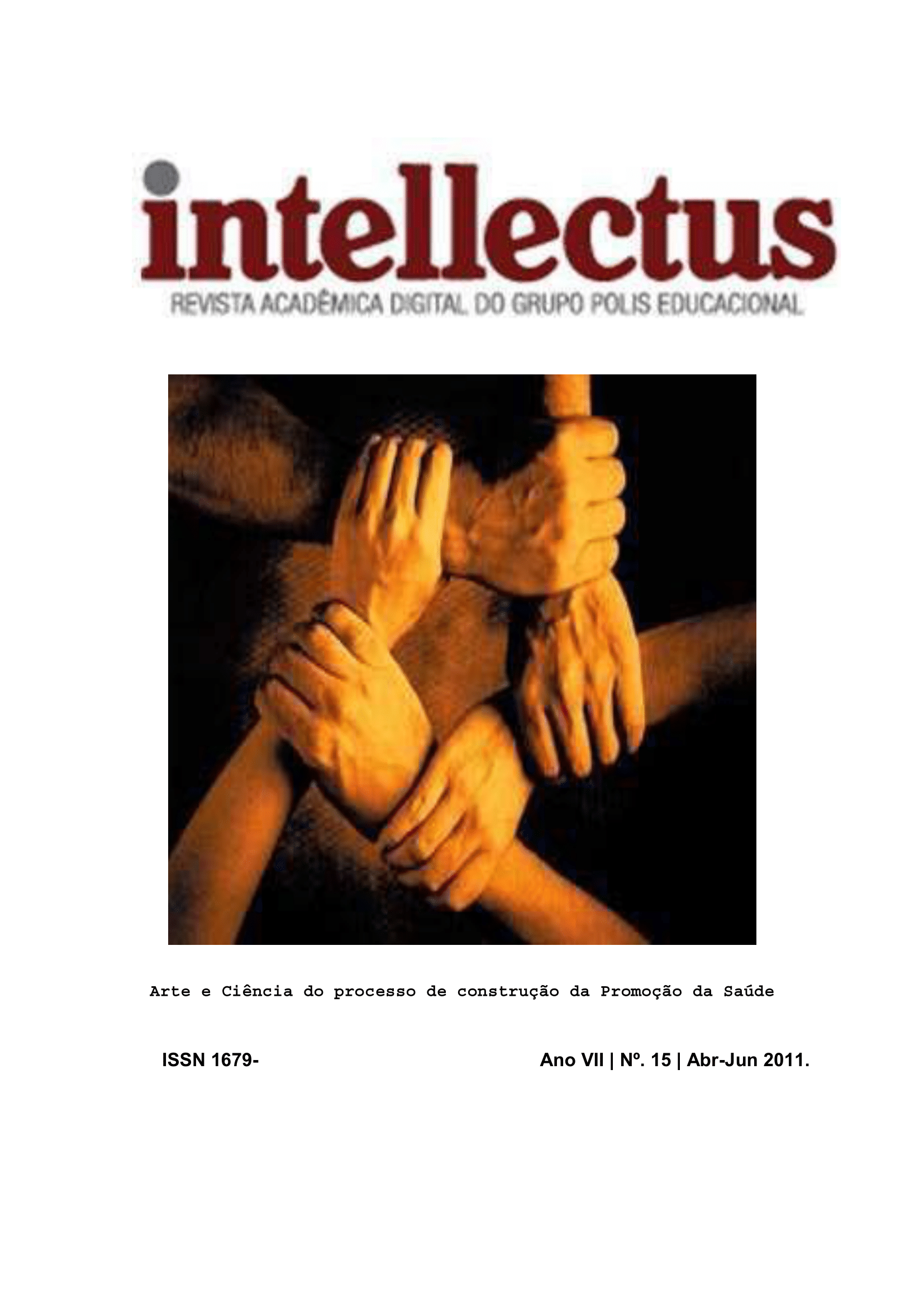Toxic Cyanobacteria in Salto Grande reservoir, Americana – SP
recreational waters and health promotion
Keywords:
Cyanobacteria, Recreational waters, Health PromotionAbstract
Among the various multiple uses of surface waters, recreational activities can offer substantial benefits to the health of individuals and their welfare. However, these activities also present health risks due to pollution that can lead to infections, diseases, injuries and even death. Environmental degradation of natural environments can also lead to a deterioration of social structures of people living around it. Intense growth of cyanobacteria, potentially toxins producers, are mainly due process of human occupation in the surrounding aquatic environments, and have been detected in several reservoirs of intense recreational use, such as the Salto Grande reservoir (Americana, SP). Few studies in Brazil focus on aspects of swimming and public health from exposure to these organisms in inland water bodies. Considering an issue of importance to public health from the viewpoint of health promotion and disease prevention, is fundamental to work on coordinated and interdisciplinary aspects involving several areas of knowledge to approach the quality of life and promote healthy public policies. The Project for Intersetorial Action for Health deployed in the community of Praia Azul, through a partnership between Network of Potentially Healthy Municipalities (NPHM), Canadian Government and the municipality of Americana, seeks to recover citizenship and promote sustainable development on this site, heavily degraded as a result of these impacts.



